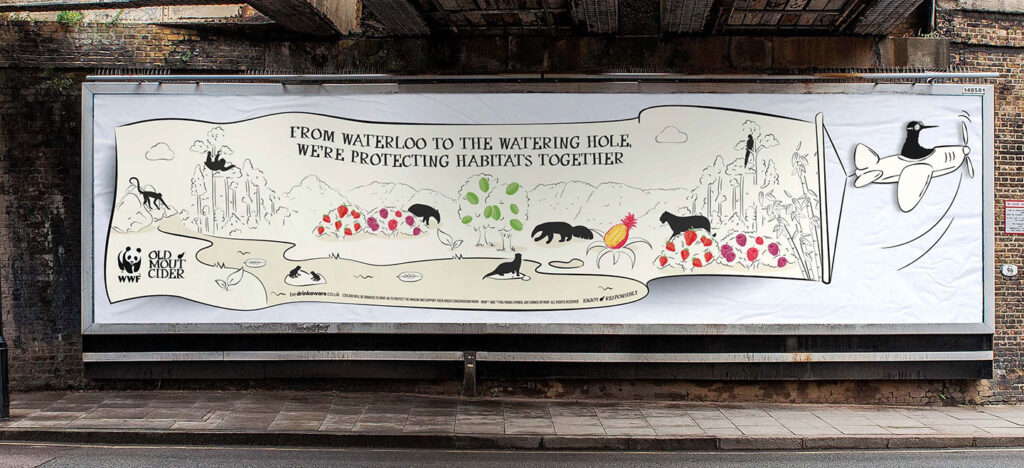If you want to grow your brand and audience, and amplify your mission and message, marketing is often the way forward.
By now, most businesses see the value in a strong marketing team and strategy, particularly non-profit organisations.
In the aftermath of the pandemic and amidst the cost of living crisis, non-profit organisations have fought to stay at the forefront of people’s minds.
According to the Charities Aid Foundation, more than half of charities fret about their chance of survival due to the rise in the cost of living. And with 168,850 registered charities operating in England and Wales alone as of March 2023, the market is competitive so non-profit organisations must set themselves apart.
In this post we’re going to learn more about non-profit marketing and put the Worldwide Fund for Nature (WWF) under the microscope to take a closer look at their marketing efforts.
First and foremost, let’s find out more about WWF and their mission.
What is the WWF?
Formerly known as the World Wildlife Fund, the Worldwide Fund for Nature (WWF) is the world’s leading independent conservation organisation whose mission is ‘to build a future in which people live in harmony with nature’.
In 1961, after reading articles about the destruction of habitat and wildlife in East Africa, businessman Victor Stolan and biologist Sir Julian Huxley came up with the idea of creating a fund on behalf of endangered animals and habitats.
The two quickly joined forces with environmentalist Max Nicholson who drafted a plan that served as the basis for founding the WWF.
The organisation has continued to evolve, shifting their focus from protecting individual habitats and species (like the infamous Giant Panda) to working towards restoring biodiversity and reaching sustainable development across the world.
63 years later, the WWF has seen exponential growth having raised over £94 million and welcoming more than 220,000 new supporters in 2023 alone.
In a period that’s been challenging for non-profit organisations, no matter how big or small, the WWF have continued to expand using their digital marketing strategy to reach audiences far and wide.
That being said, how can a good marketing strategy benefit non-profit organisations?
What are the benefits of non-profit marketing?
Whilst non-profit organisations are driven by their mission, they need support, like funding and donations, to try and accomplish it.
That’s why a marketing strategy is essential!
It can help non-profit organisations do so much good for business at a lower cost, so let’s take a look at some of the benefits of non-profit marketing:
1. Spotlight your mission
From social media marketing to out-of-home activations, focusing on your marketing efforts enables you to showcase your mission and rally support.
2. Build community
If you’re familiar with Girls in Marketing, you know we love to shout about the importance of building brand community and marketing can help you do so.
40.9% of consumers say they’re likely to increase their participation in online communities in 2024. Having a strong brand community can help brands increase customer loyalty and retention, boost their brand awareness, improve their products based on feedback, and so much more!
You can build a brand community by engaging with your audience on social media, running community challenges, offering opportunities for your audience to get involved with your brand, and celebrating user-generated-content (UGC).
3. Cost effective and measurable
Focusing on digital marketing doesn’t have to be expensive!
Digital marketing is often more affordable than traditional forms of marketing, like print billboards or television advertisements, and is measurable so you can assess whether your strategy is effective or not.
4. Build trust and boost credibility
According to PwC’s 2024 Trust Survey, 61% of consumers have recommended a company they trust to family or friends whilst 46% tend to purchase more from a company they trust.
Amplifying your voice on and offline can help you establish your brand as trustworthy as you can demonstrate your knowledge and expertise. Building trust and credibility should be non-negotiable for any business as it leads to deeper connections with your audience and increased loyalty.
Now we know the benefits of nonprofit marketing, let’s take a look at 3 notable marketing tactics used by the WWF to help them stand out from the crowd.
What can we learn from the WWF’s marketing?
Pay attention to paid social
Paid social, also known as PPC, is the act of using social media channels to advertise your company, product or service to a targeted audience. It can appear in a variety of formats including images, videos, and carousels.
Using paid social alongside an organic social media strategy has become increasingly popular, why not get the best of both worlds?
We don’t know about you, but we’ve noticed that paid social is all the rage right now. In fact, social media advertisements count for 28.8% of total digital advertising spend.
The WWF use paid social (in the form of striking image based content) to:
- Generate awareness for endangered animals and habitats
- Recruit new members
- Promote products from their e-commerce store
There’s SO much potential with paid media, but first you need to understand it. If you’re looking to learn more about and master paid media, check out our ‘Maximise Your PPC Potential’ course co-created by paid media specialist Sophie Logan.
Create a positive presence on and offline
WWF works hard to try and reduce the threats to the Earth’s natural environment. Whilst this is a serious matter that could be daunting for an audience, the WWF ensures that their online and offline presence is a positive one – so they engage audiences rather than scare them away.
They focus on educating and encouraging their audience by sharing easy steps they can take to limit their impact on the environment. This includes talking about endangered species and habitats and emphasising that coming together and being aware of these issues can make a difference.
That being said, on occasion the WWF aren’t afraid to create hard hitting campaigns that demonstrate the impact we’ve had on our planet. As they don’t use them often, they have even more of an emotional impact increasing the potential to attract new members.
Appreciate the power of partnerships
So far in 2024, we’ve seen a number of powerful brand partnerships.
A well-thought out brand partnership can be a great way to raise brand awareness, reach and attract new audiences, and generate user-generated-content (UGC).
For any brand thinking about a partnership, whether it’s with another brand, celebrity or influencer, it must be relevant so it makes sense to your audience.
For example, the WWF has a longstanding partnership with New Zealand cider brand Old Mout and together they’ve raised over $1 million. And, in June 2022, they launched their largest campaign to date.
Together they introduced limited edition cider glasses that featured a QR code to take consumers to the Old Mout website to read about their partnership with WWF and learn how to support the cause. Whilst this partnership may seem out of the ordinary, Old Mout’s flavours and colourful imagery are inspired by the beautiful landscapes and exotic fruits in New Zealand so they want to help ensure populations flourish.
Whether you work for a non-profit organisation, would like to in the future, or are looking for ideas for your next marketing campaign, there’s inspiration to be taken from the marketing tactics used by the WWF.





